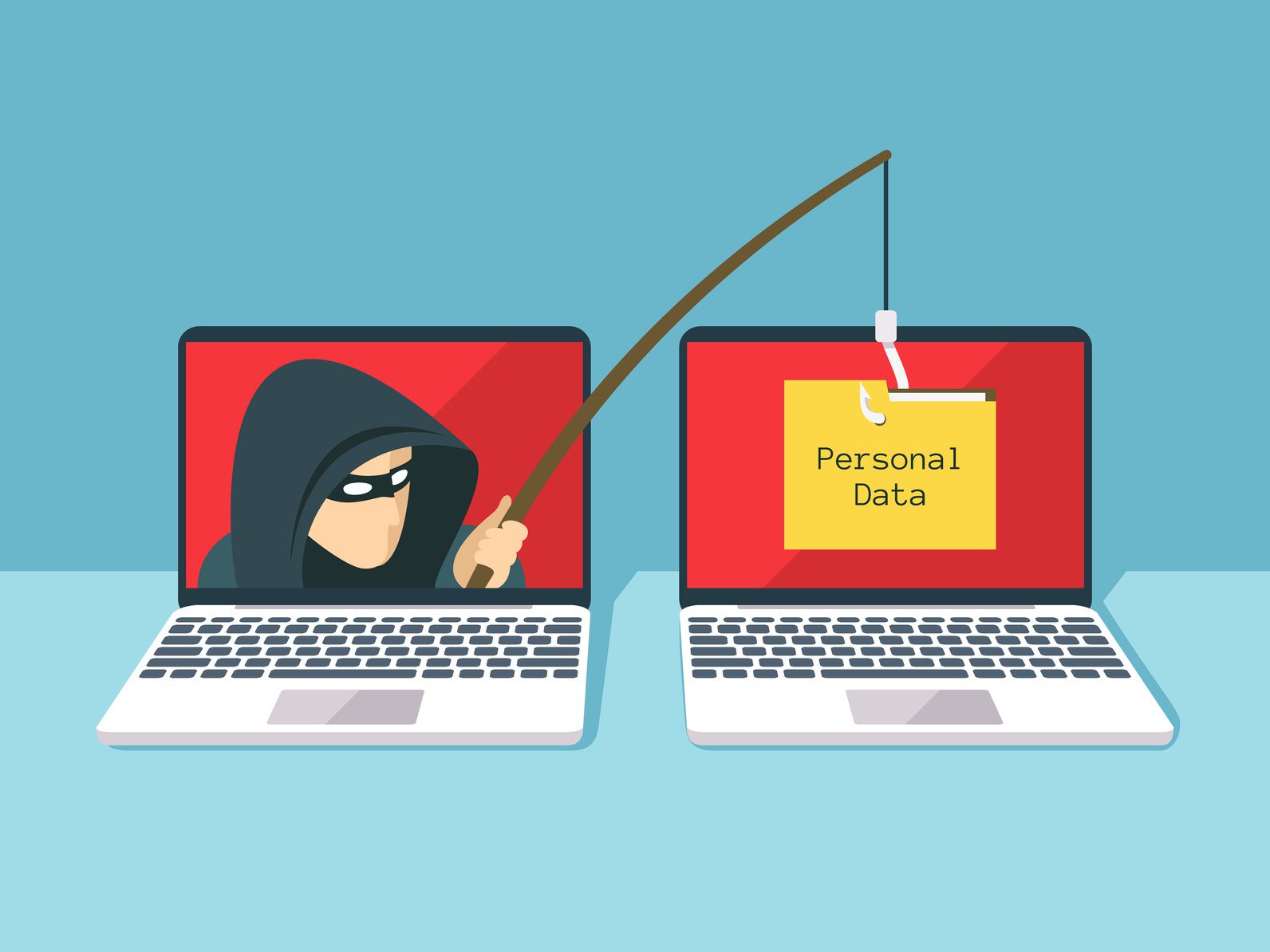In the past two decades, the financial industry has slowly transitioned from in-person transactions powered by cash tender to a mostly digital environment both at stores and online. Consider what has happened since the turn of the millennium: credit card readers have become so commonplace that they are in vending machines, parking meters and can even plug into a tablet for mobile transactions; PayPal and other forms of sending money work both outside of and with big banks; and online purchasing has become the method of choice for many shoppers.
The millennial generation moving into the workforce now is used to an economy that doesn’t rely on paper or coin currency, and instead uses cards and phone apps such as Apple Pay and Google Wallet, even cryptocurrency such as Bitcoin. They are also hyper-aware that all of these transactions are at risk in the digital economy. In fact, in 2017, significant breaches impacted Equifax, Saks Fifth Avenue, Gmail, and other major organizations – and account takeover fraud was up 60 percent. Any provider of financial services must understand the impact these attacks have on trust – and do much more than simply power transactions and provide statements. Cybersecurity is a top priority, while continuing to provide a transparent experience to the customer.
Cybersecurity: More Than Just Data Safety
Focusing on cybersecurity is more than just a good business practice – it’s a smart marketing endeavor. Remember, much of your client base is now tech savvy. That means that if you can demonstrate real features and hard evidence that you’re protecting their data, you are building customer loyalty.
How can you achieve this? It comes with a combination of proper communication, education and support. Even if this makes things a little more cumbersome (i.e., two-factor security is always an annoying extra step, yet most people understand why it’s a good idea), the simple idea of extra security leaves a strong impression with customers. In fact, consumer trust regarding the integrity of online transactions is slipping, meaning that every clear and positive step forward is a significant piece of consumer outreach.
Let’s Talk Cybersecurity
When it comes to discussing cybersecurity with your customers, the way you communicate is just as important as what you communicate. But first, it starts with selecting your tools — without a strong technical foundation, there’s nothing to discuss. Cybersecurity tools are constantly evolving as the industry tries to stay several steps ahead of hackers. That means that cybersecurity starts with having a smart and agile IT department, one that stays abreast of the latest issues and is open to new types of cutting-edge technologies as they prove themselves effective. This includes artificial intelligence (machine learning) to detect transactional patterns and search for fraudulent activity.
Once your team is in place, the most important part is communicating your message to customers — both existing and potential. Use plain, no-nonsense language to explain why you’re doing things. When new features roll out, don’t promise the moon or make boasts about the technology’s capability; instead, communicate the message simply: what the new technology or feature is, why it’s proven, how it can protect a consumer and how it impacts a consumer’s day-to-day usage.
This type of communication demonstrates that 1) you are on the cutting edge of cybersecurity initiatives and 2) it is a top priority to you to help consumers understand what is happening with their money. This level of transparency is increasingly valued as we get deeper into a completely connected world.
Of course, not everything you post in your organization’s blog or news feed is going to be an announcement of new features or cybersecurity measures. Cybersecurity is constantly in the news, from the Equifax debacle to the revelation that the SEC has launched its first cryptocurrency fraud case. Part of your organization’s initiative to educate consumers stems from posting this type of news and providing commentary about it. This includes reviewing how the news impacts individual consumers — even if this isn’t directly related to your organization — and what they can do to protect themselves. Remember, becoming the source of a consumer’s education regarding cybersecurity means that you will build trust with them, and that level of trust will lead to greater brand loyalty.
The millennial generation is becoming the biggest driver of spending and the workforce grew up with a digital world. While they may not know the most in-depth details of the latest cybersecurity trends, they are more aware of digital risks than any generation before them. To woo them as customers – and ensure their loyalty over the long term – it’s absolutely critical that you spend as much effort communicating about cybersecurity issues as you do implementing them. This ensures that your organization develops a reputation as a leader in cybersecurity commitment; in an age where banking isn’t just about banking anymore, this may be the greatest marketing tool of all.
About the Author
Paul Love is Chief Information Security Officer for CO-OP Financial Services (www.co-opfs.org), a provider of payments and financial technology to credit unions.











